Bulbs
Flower Basics
Flower Beds & Specialty Gardens
Flower Garden
Garden Furniture
Garden Gnomes
Garden Seeds
Garden Sheds
Garden Statues
Garden Tools & Supplies
Gardening Basics
Green & Organic
Groundcovers & Vines
Growing Annuals
Growing Basil
Growing Beans
Growing Berries
Growing Blueberries
Growing Cactus
Growing Corn
Growing Cotton
Growing Edibles
Growing Flowers
Growing Garlic
Growing Grapes
Growing Grass
Growing Herbs
Growing Jasmine
Growing Mint
Growing Mushrooms
Orchids
Growing Peanuts
Growing Perennials
Growing Plants
Growing Rosemary
Growing Roses
Growing Strawberries
Growing Sunflowers
Growing Thyme
Growing Tomatoes
Growing Tulips
Growing Vegetables
Herb Basics
Herb Garden
Indoor Growing
Landscaping Basics
Landscaping Patios
Landscaping Plants
Landscaping Shrubs
Landscaping Trees
Landscaping Walks & Pathways
Lawn Basics
Lawn Maintenance
Lawn Mowers
Lawn Ornaments
Lawn Planting
Lawn Tools
Outdoor Growing
Overall Landscape Planning
Pests, Weeds & Problems
Plant Basics
Rock Garden
Rose Garden
Shrubs
Soil
Specialty Gardens
Trees
Vegetable Garden
Yard Maintenance
Facts About Sequoia Trees
Facts About Sequoia Trees. The sequoia tree originates from coastal California and southwestern Oregon. Also known as the coast redwood and California redwood, it is a redwood evergreen tree that can live up to 2,200 years and has both the stamens and the pistils in separate flowers on the same plant; i.e. both male and female parts.
The sequoia tree originates from coastal California and southwestern Oregon. Also known as the coast redwood and California redwood, it is a redwood evergreen tree that can live up to 2,200 years and has both the stamens and the pistils in separate flowers on the same plant; i.e. both male and female parts.
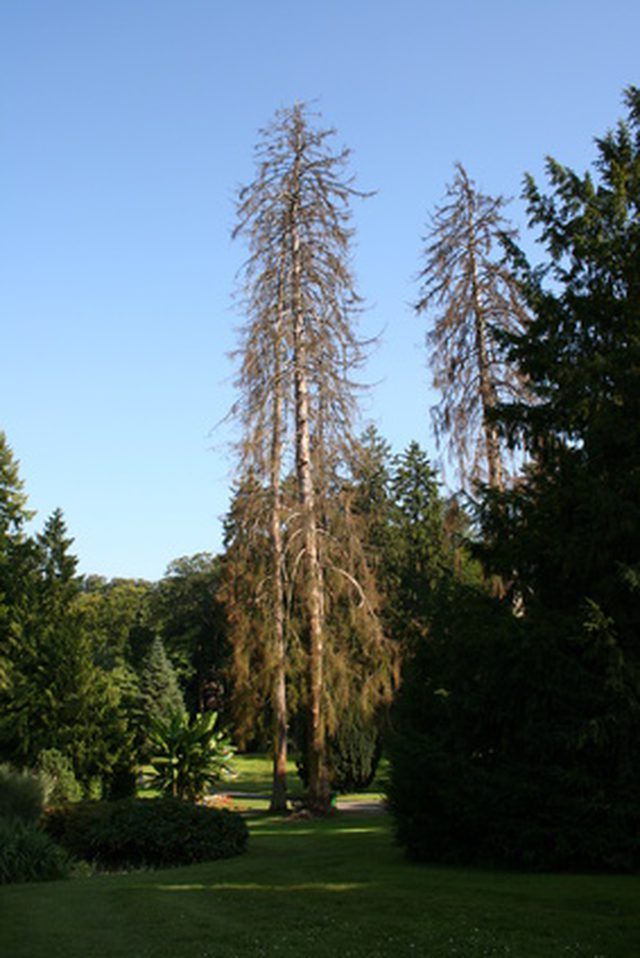
It is common for a sequoia tree to reach a height of over 295 feet. According to the Landmark Trees Archive, the tallest recorded sequoia tree to date is the Hyperion (375 feet, 3.57 inches tall) in Redwood National Park, northern California. The Landmark Trees Archive states that there are 41 measured living sequoia trees that are taller than 360 feet.
The largest volume of coast Redwoods is the "Lost Monarch" in the Grove of Titans, also in northern California. It has an estimated mass of 42,500 cubic feet.
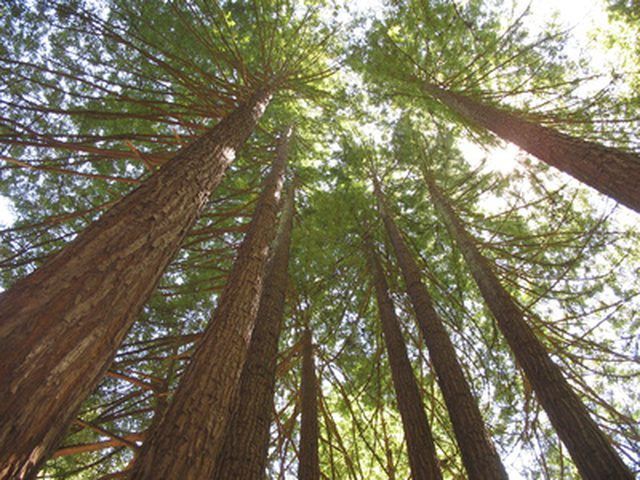
America's Pacific coast is home to the sequoias and is a unique habitat in that it experiences heavy seasonal rainfall, cool coastal air and a large amount of fog. The result is a damp forest environment lacking in nutrients, which necessitates the trees' reliance on the organic community of the entire forest. It is also vital to recycle the dead trees. The redwood forests encourage the habitation of many birds, reptiles and mammals, including the at-risk marbled murrelet.
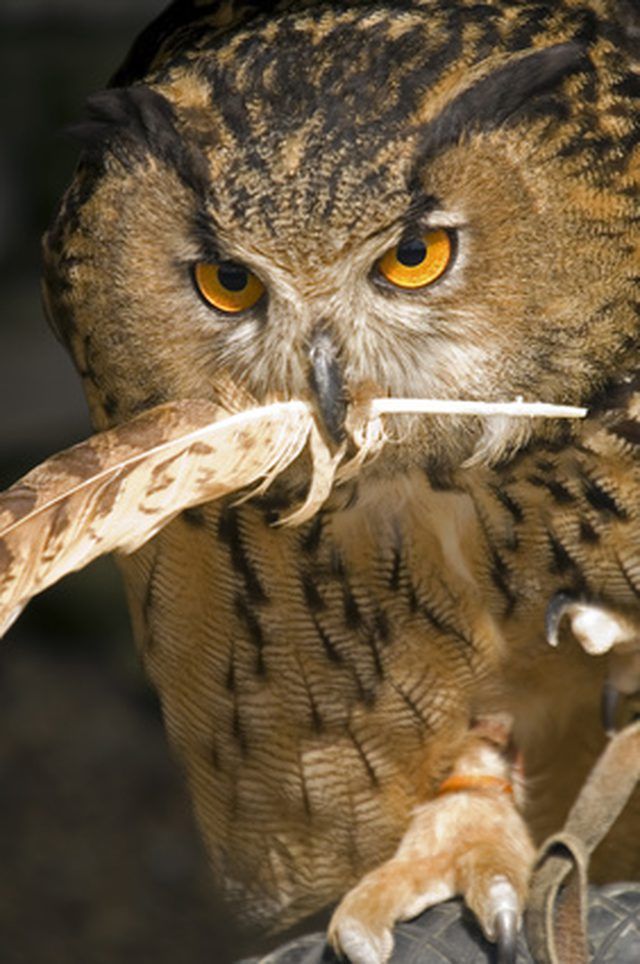
There are two methods of sequoia reproduction—sexual and asexual. At around 10 years of age the trees start producing seeds that are dispersed by the wind. The seedlings grow extremely fast, reaching a height of 65 feet in 20 years. Asexual reproduction is when the tree layers or sprouts from the root crown, stump or a fallen branch. Sprouts come from dormant buds on or just under the bark's top layer. Sprouts can reach a height of 7 1/2 feet in one season of growth.
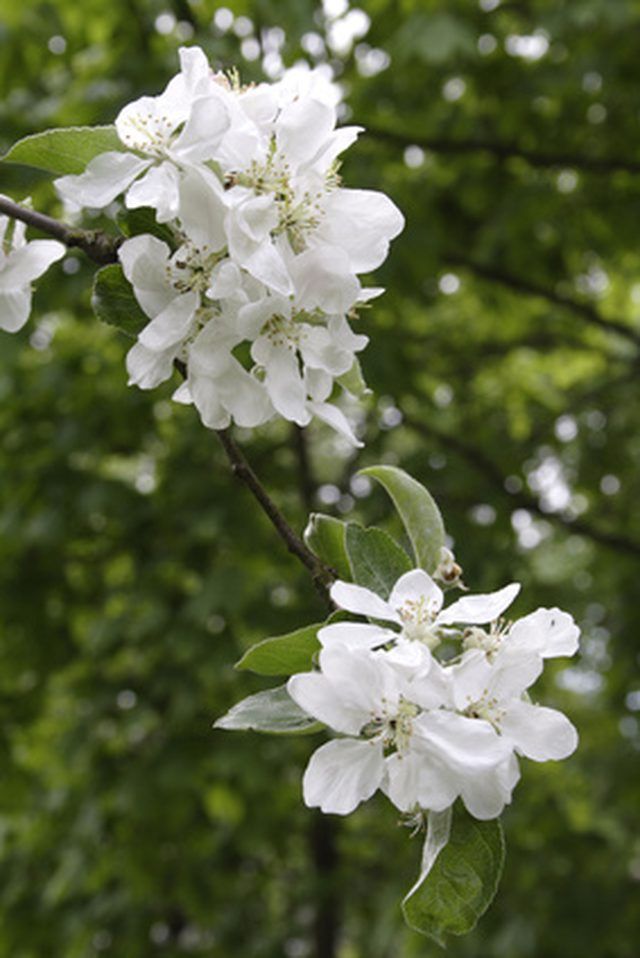
The most common use for the sequoia is timber; there are 899,000 acres of forest managed specifically for timber production. It is resistant to fire due to its lack of resin, making it extremely valuable. Because it is highly resistant to decay, redwood has also been used in the construction of trestles and railroad ties in California. The burls of the redwood are sometimes used in the manufacture of furniture.
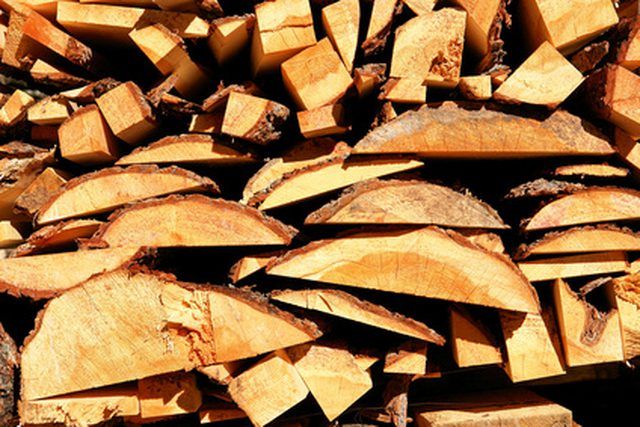
The U.S. National Park Service runs Sequoia National Park in the southern Sierra Nevada, California, which is famous for its sequoia trees. One of the park's attractions is "Tunnel Log," a tunnel running through a fallen giant sequoia tree that was once 275 feet tall and 20 feet wide. The tree fell naturally in 1937, landing across a park road. A year later, park staff created a 7-foot-high, 17-foot-wide hole in the tree to enable visitors to pass through. Sequoia National Park is also home to "Crescent Meadow," a beautiful meadow encircled by sequoias.
